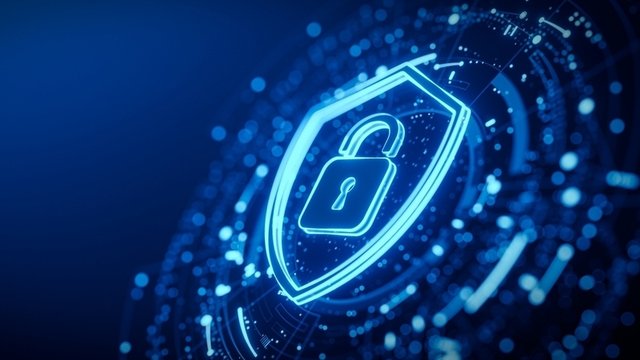AI in IT cybersecurity: early detection and automatic response

AI in cybersecurity can be crucial for early detection and an automated response. The cybersecurity has become a critical priority for all organizations, regardless of size or sector. The number, complexity and speed of attacks has grown exponentially, making traditional approaches no longer sufficient. Against this backdrop, the artificial intelligence (AI) is presented as a fundamental tool to improve early detection early detectionearly detection, streamlining the automatic response and increase digital resilience.

Why is AI key to modern cybersecurity?
Today's cyberattacks do not follow a fixed pattern. Attackers use sophisticated tactics, avoid known signatures and operate with high variability. This makes solutions based exclusively on rules or signatures insufficient.
AI enables:
- Detect anomalous behaviors that do not fit that do not fit into the normal patterns of the organization.
- Analyze millions of events in real time
- Respond automatically in the face of confirmed threats
- Learning from each incident to improve future detection
Main applications of AI in IT cybersecurity

1. Early threat detection
AI systems can analyze network traffic, access logs, user behavior, and asset changes to identify indicators of compromise (IoC) before an attack materializes.
Examples:
- Unusual behavior of a device indicating possible ransomware
- An access to systems outside of a user's normal working hours
- A peak of activity in unauthorized ports
This allows action to be taken before the damage becomes real.
2. Automated and immediate response
AI not only detects, it can also act. Upon identifying a confirmed threat, it can trigger automatic responses such as:
- Blocking of users or devices
- Isolation of affected machines
- Closure of suspicious sessions
- Sending prioritized alerts to the security team
This drastically reduces the mean time to containment (MTTC) and improves responsiveness.
3. Contextual analysis and false positive reduction
One of the great challenges of cybersecurity is the number of false number of false alerts. Traditional systems can generate hundreds or thousands of alerts that overwhelm the team. AI filters and correlates events for the following:
- Prioritizing real threats
- Eliminate "noise
- Providing context: what assets are at risk, what dependencies exist, what users are involved
This allows human resources to be focused on critical incidents.
4. Continuous learning and adaptation to the environment
Unlike static solutions, AI models can be continuously trained with:
- Internal data (logs, events, configurations)
- External data (threat databases, security intelligence)
- Past incidents
Thus, defense is not only reactive, but also adaptive and predictive. adaptive and predictive.
Integration with other IT functions
AI in cybersecurity can be integrated with tools for:
- IT Asset Management (ITAM)to protect critical assets and detect unauthorized devices
- CMDB: para comprender las relaciones entre elementos y priorizar las intervenciones.
- Service Desk:to automatically generate tickets when an incident is detected and document the process
This holistic approach facilitates compliance with regulations such as ENS, ISO 27001 or NIS2.
Tangible benefits for the organization
- Increased speed of detection and response
- Reduction of human error and equipment overhead
- Continuous improvement of the defense system
- Reduced economic and reputational impact
- Alignment with market-driven safety frameworks
Conclusion: the most effective defense is intelligent

Artificial intelligence does not replace the cybersecurity team, but rather empowers it, allowing it to focus on what is really important. It automates repetitive tasks, prioritizes critical alerts and detects threats that could previously go unnoticed. In a digital environment where cyber-attacks are constantly evolving and are relentless, having an agile, efficient and proactive defense makes all the difference.
Betting on solutions that integrate AI in cybersecurity is a step forward in information protection, and platforms such as Proactivanet make it possible, combining intelligence, visibility and automation to strengthen security from the outset.

AI 2025 cyberattacks: 112% increase requiring adaptive defenses

Artificial Intelligence in ITSM: the future of technical support is already here.

